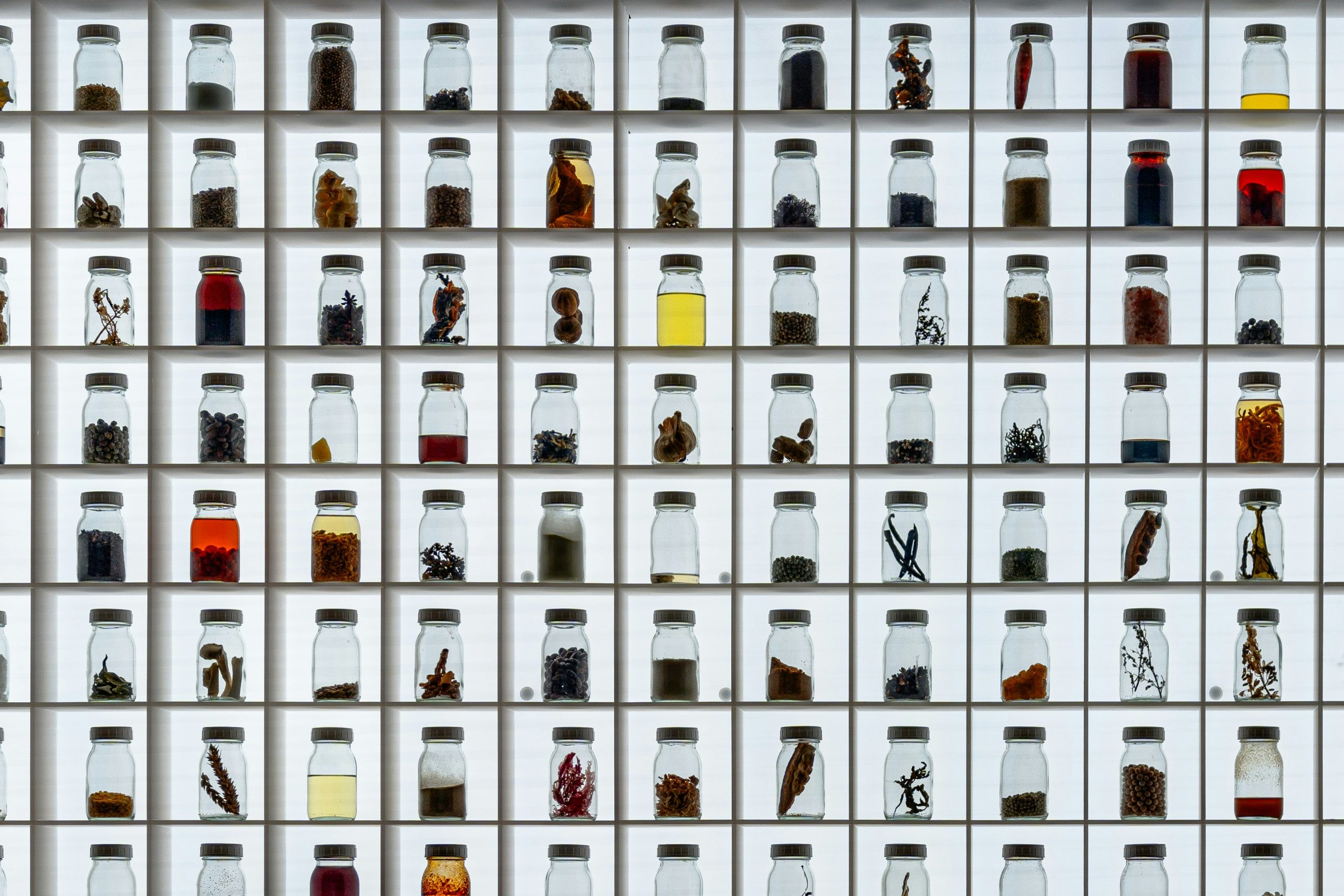Have you ever tried to define the concept of taste? Or perhaps it's so obvious to you that you don't think it needs a definition?
My experience has shown me that everyone’s perception of taste is highly personal. And by this I mean that I’ve noticed: the way each person perceives the meaning of this sense depends on their personal viewpoint.
Some define taste as a function that contributes to human survival, others as the human perception of nutrients and the reaction to them, while in ancient times it was defined as a way to enjoy, savor, or appreciate!

Taste is the sensation created as a result of an experience, "The Sensory Experience"!
In fact, taste can encompass all of these definitions. Taste has been an integral part of the human experience for millions of years. It has contributed to human evolution, survival, and the pursuit of pleasure. It is the only sense unaffected by age and has been scientifically proven to be the strongest, most durable, and well-protected sensory system in the human body.
On a broader level, taste can be categorized as a bundle of various sensations: it is not just the properties of taste that we perceive through the tongue. Equally important parameters for how we perceive our meal are its smell, texture, and even temperature. Moreover, the various aspects and intensities contained in the taste component can also be perceived retro-nasally.
In other words, we could say that taste is a sense that, during its function, simultaneously utilizes the other senses. Thus, it ends up being a holistic experience.
#Eimaste_oti_trome
Food shapes our physical and mental well-being, influencing how we function, think, and perceive the world around us.
Thalia
Our sense of taste, along with smell and texture, work together to create the perception of flavor. This complex interplay allows us to distinguish between familiar and novel foods.
Taste buds are located on our tongue and detect basic tastes such as sweet, salty, sour, bitter, and umami.
During the chewing process, taste molecules are released and then dissolve in saliva, interacting with taste receptors.
Smell also plays a significant role in the perception of taste. Aromatic molecules travel from the back of our mouth to the olfactory receptors in our nose, influencing the overall taste experience
Texture, detected by touch receptors in our mouth, adds another dimension to the perception of taste and can enhance or diminish the perceived intensity of flavors.

Humans generally recognize and detect certain nutrients in their food and tend to categorize them into taste groups:
Simple carbohydrates are perceived as sweet taste
Amino acids glutamate, aspartate and specific ribonucleic acids are experienced as umami or savory taste
Sodium salts are re-voiced as salty taste
Acids are experienced as sour taste
Many toxic compounds are perceived as a bitter taste *


